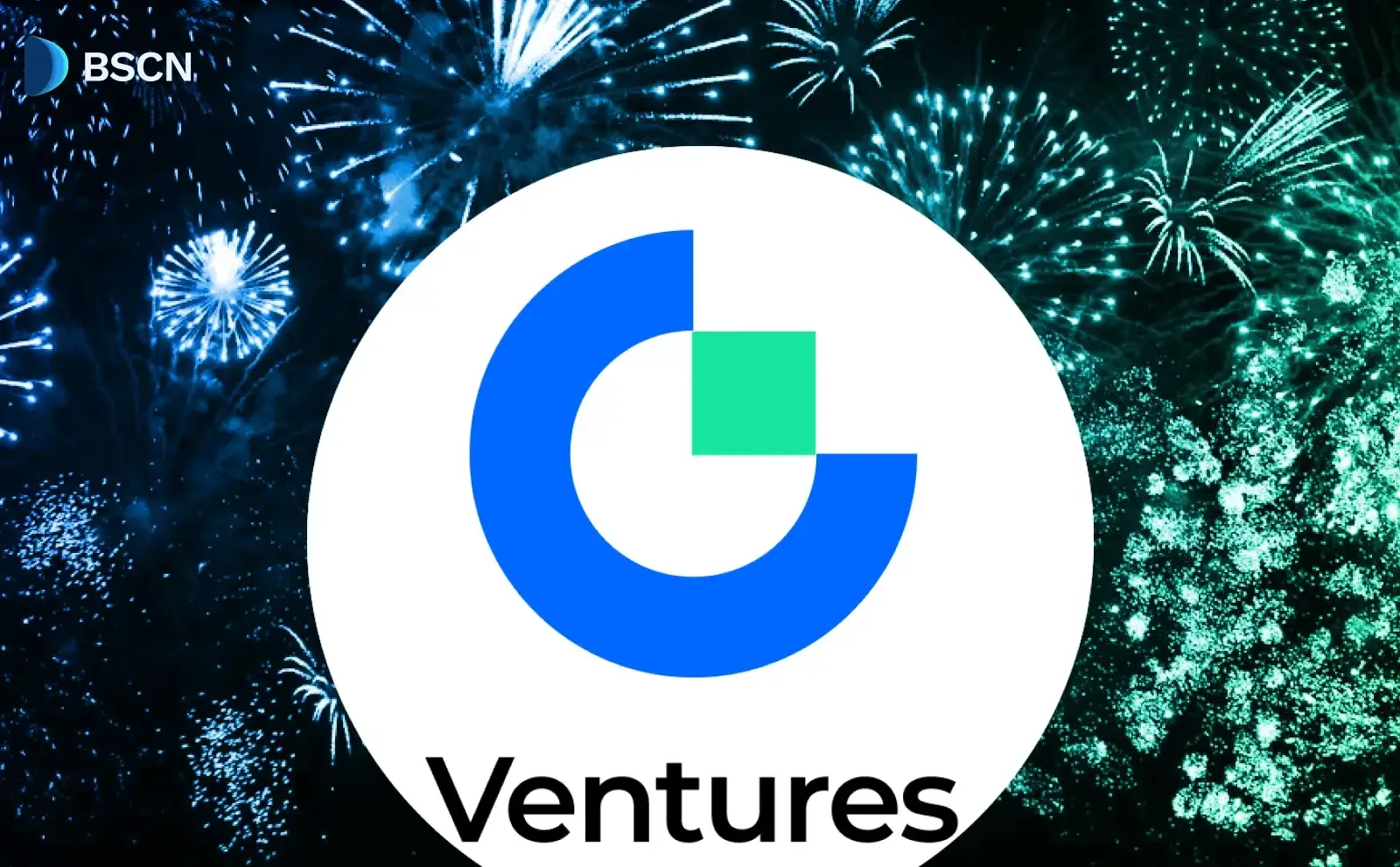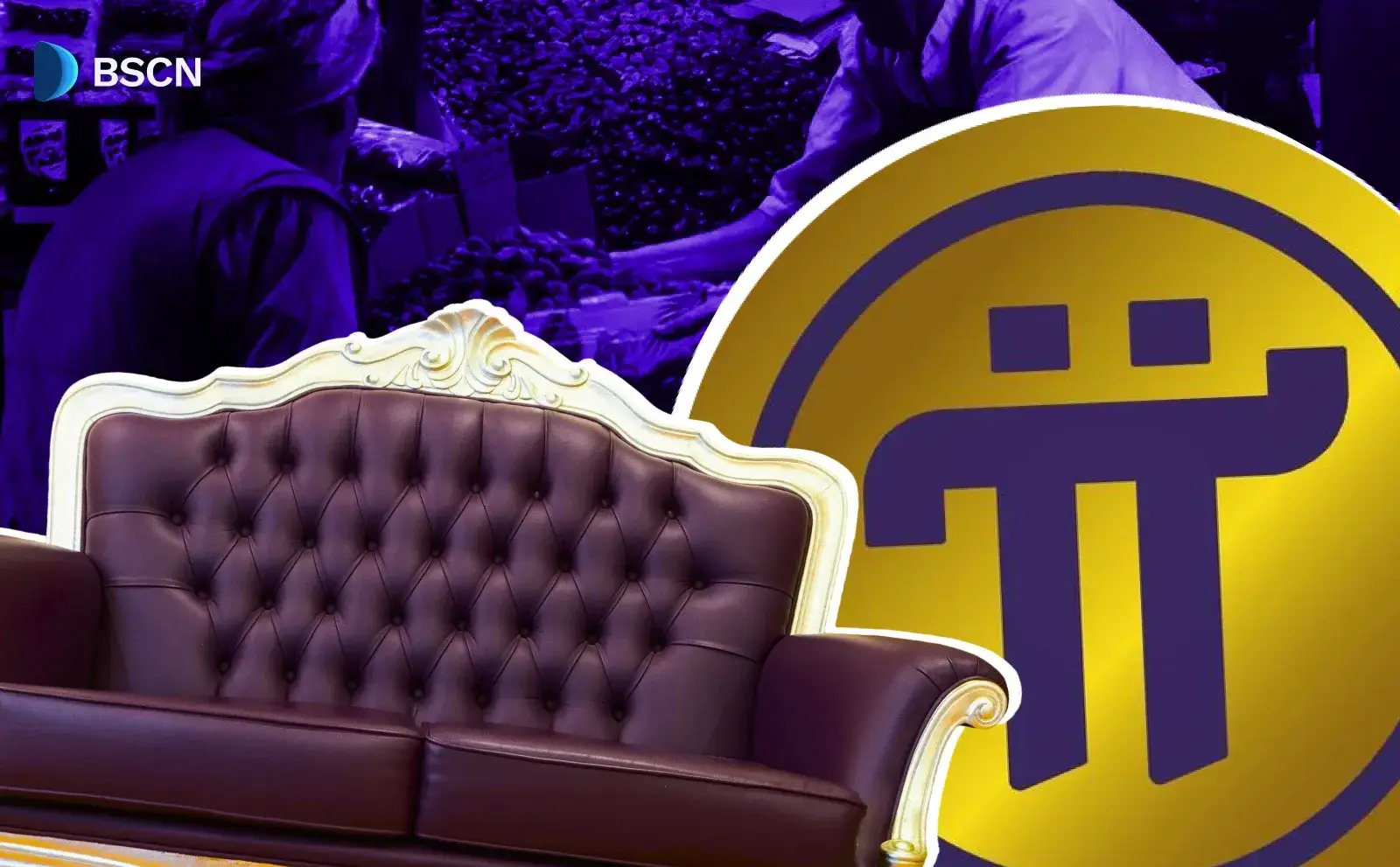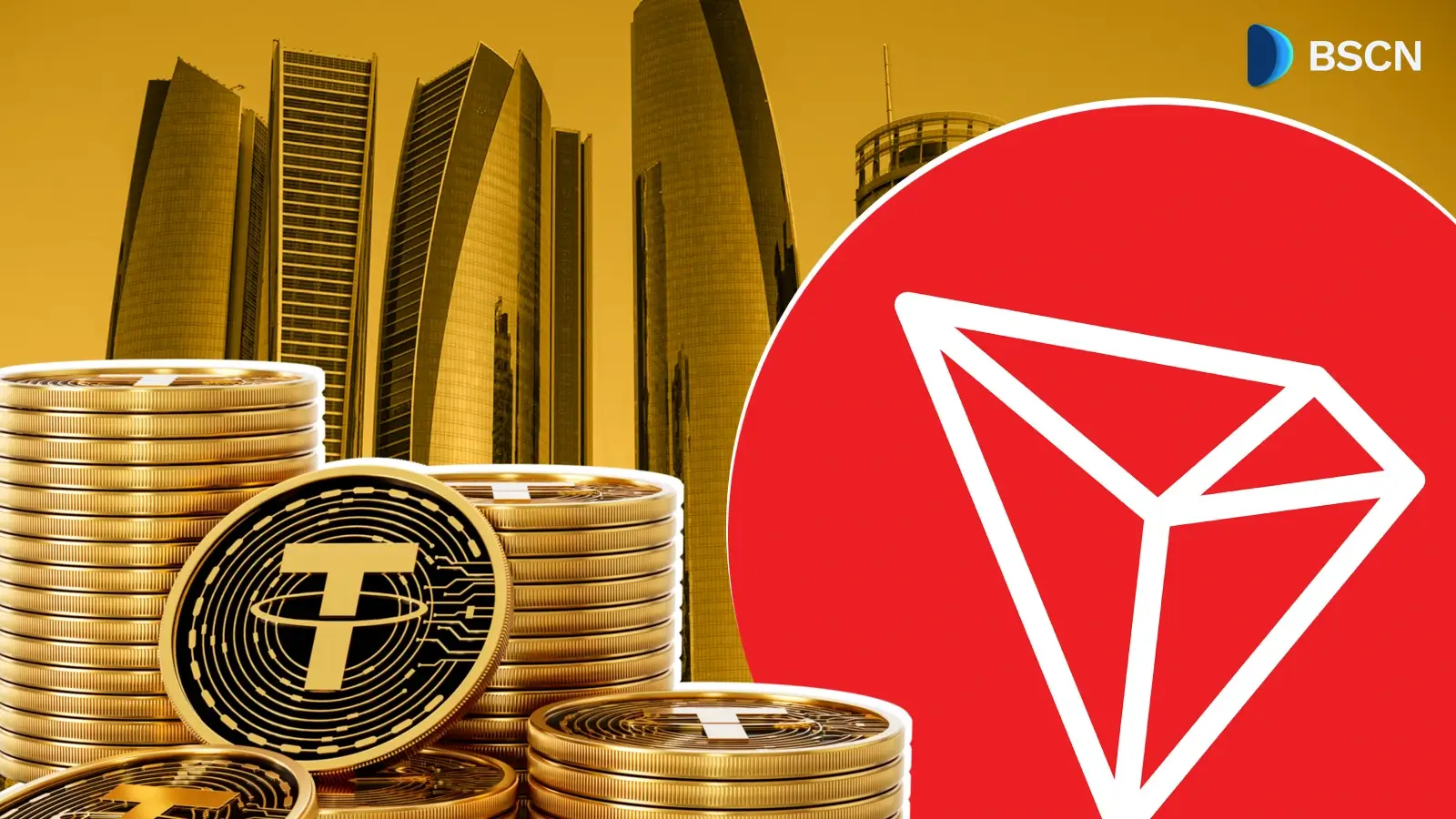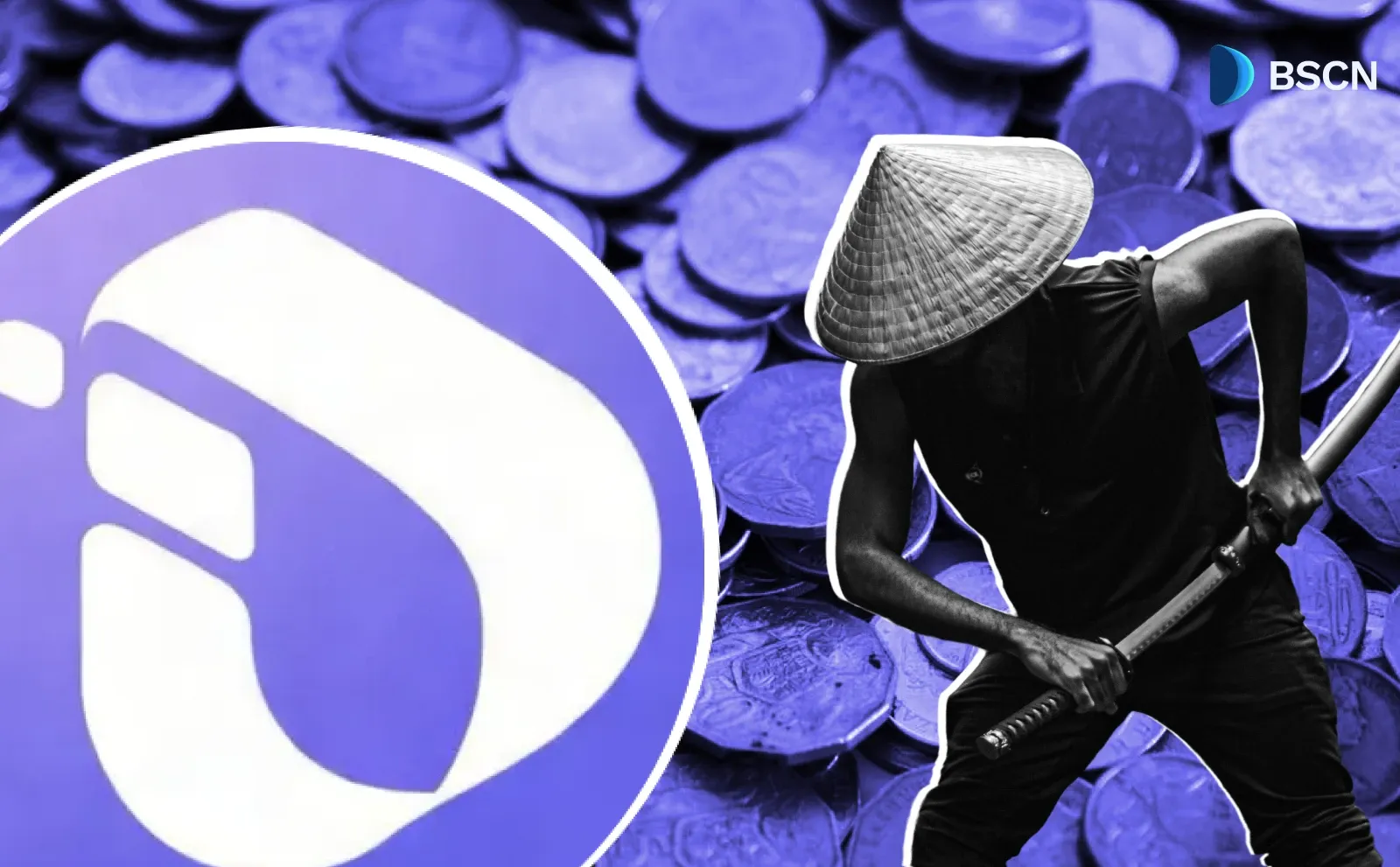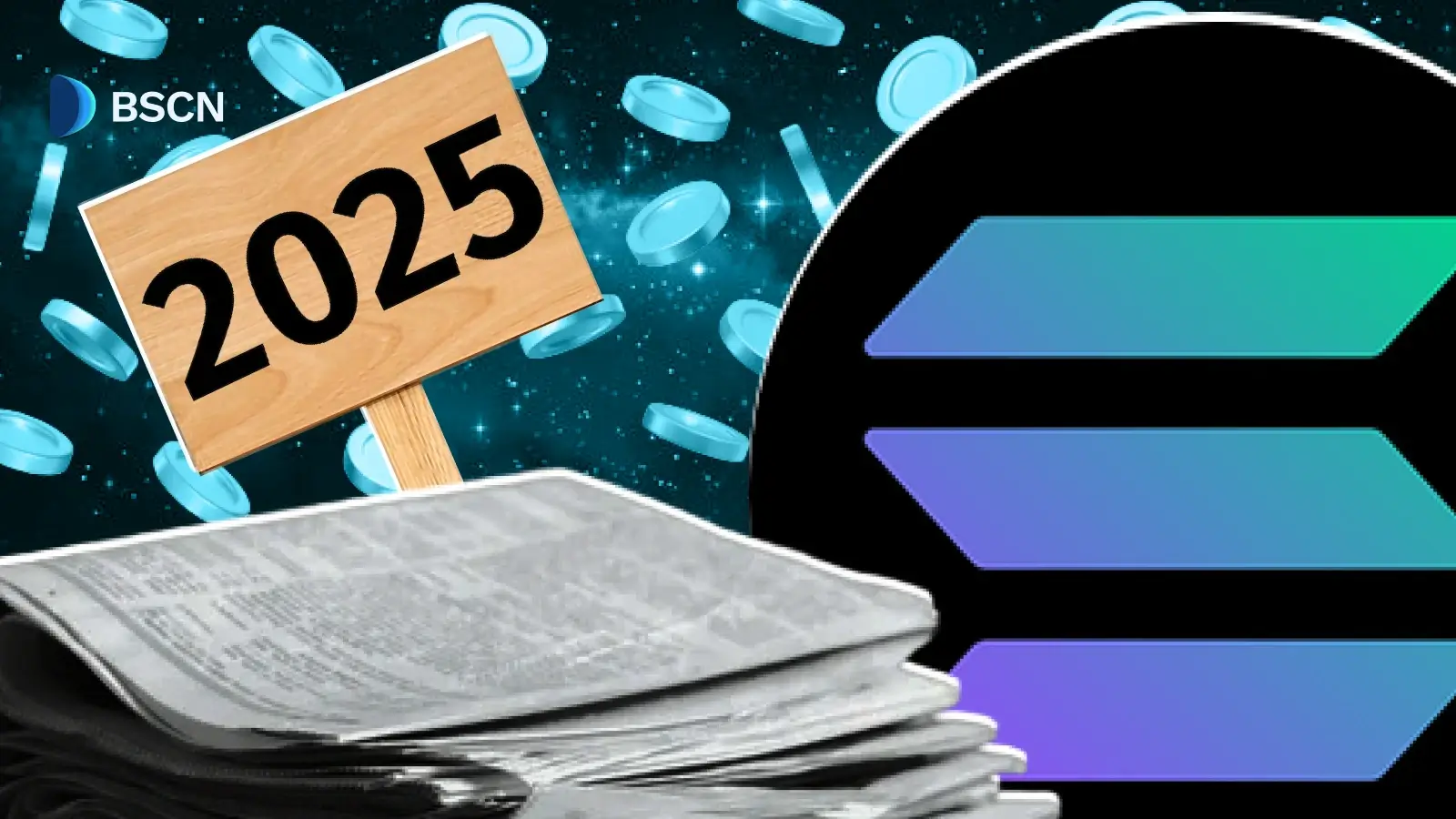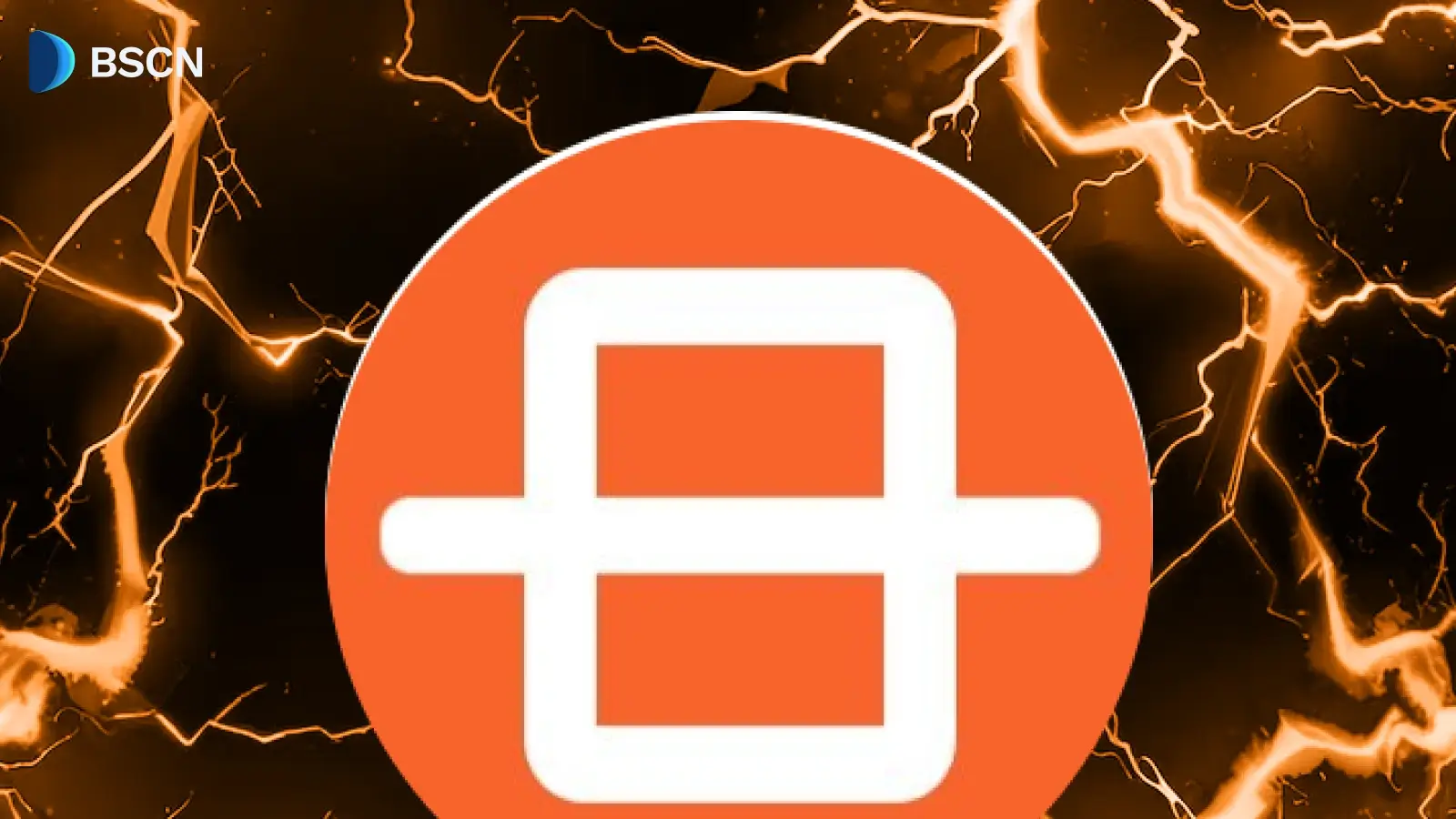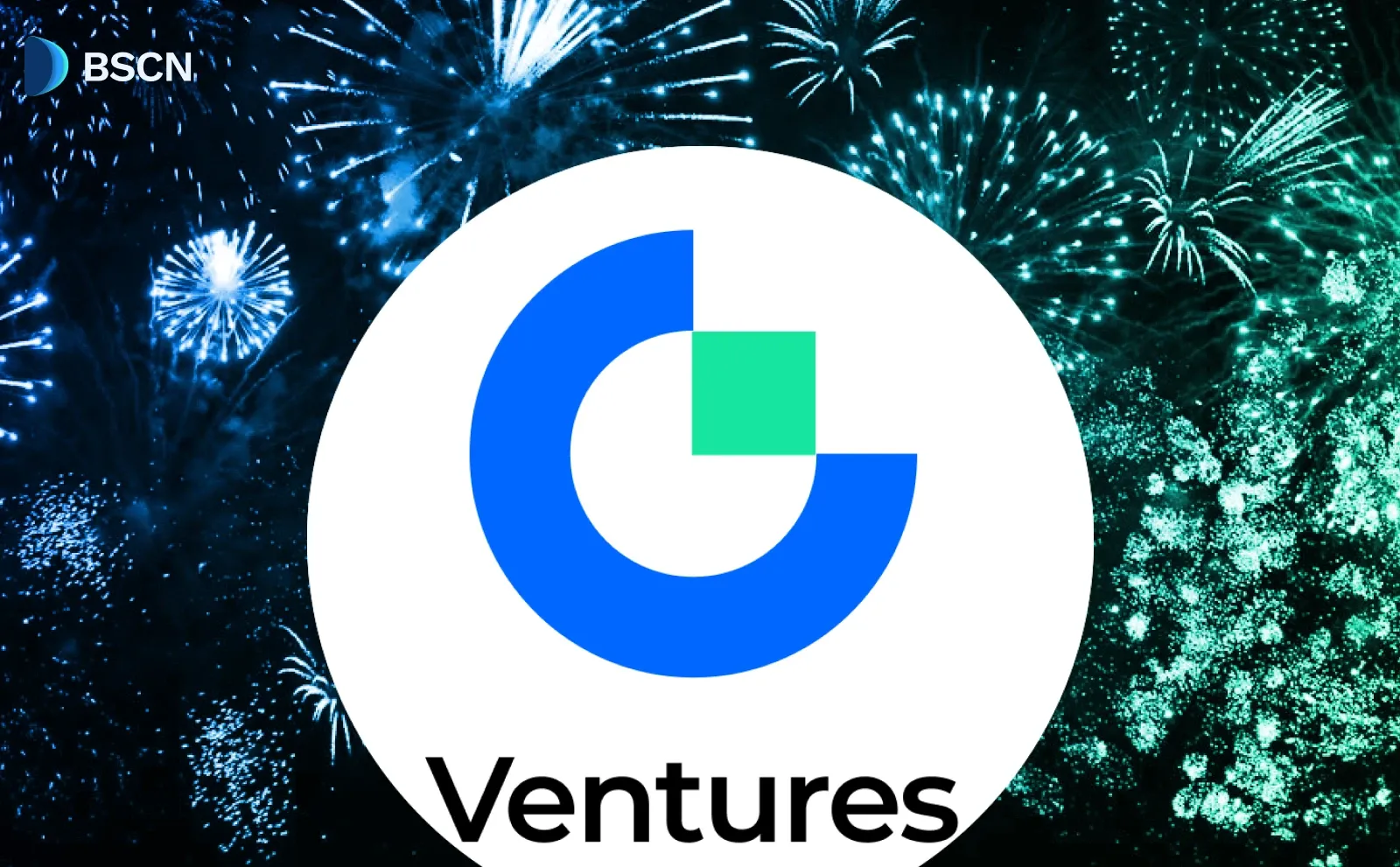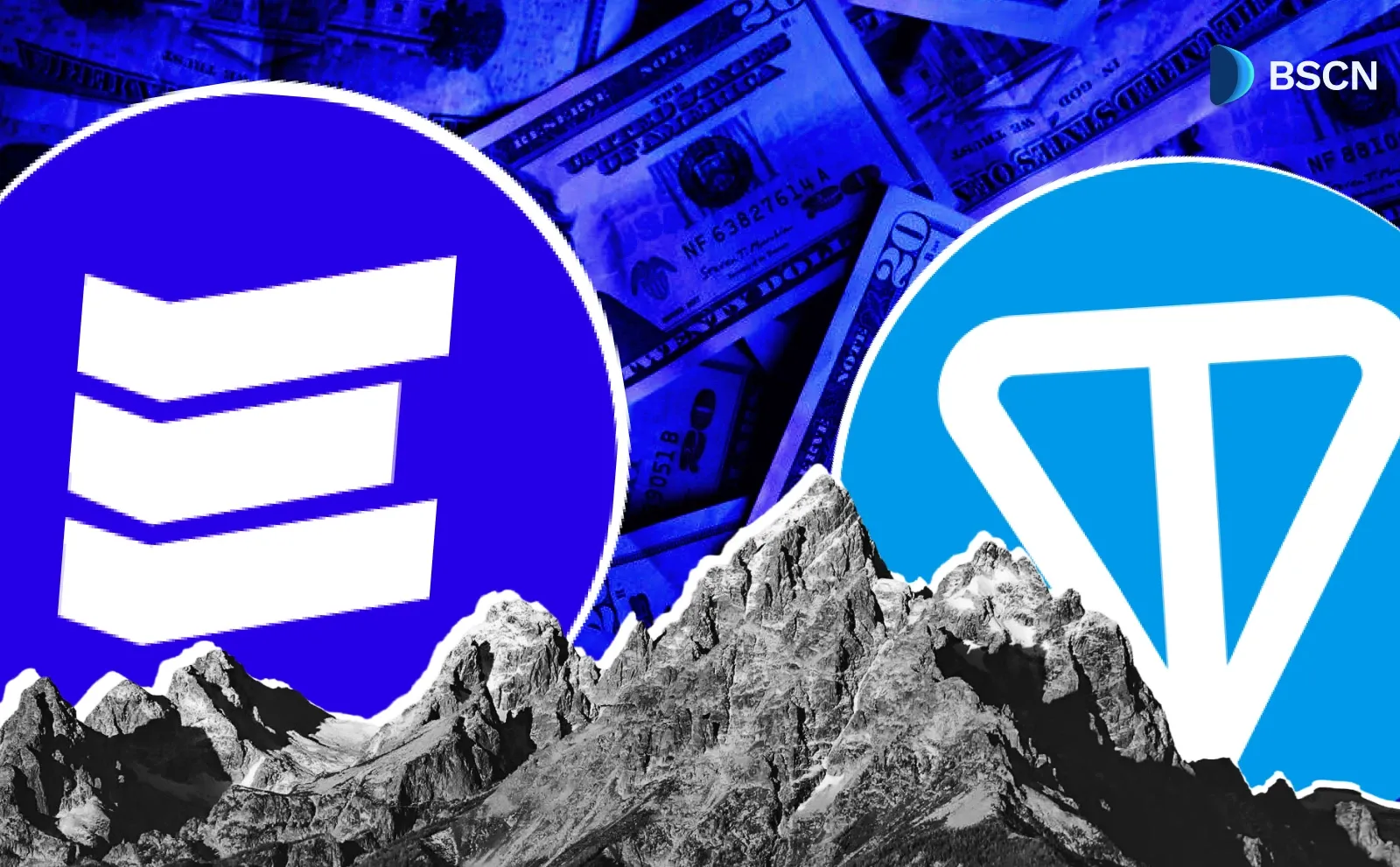Research
(Advertisement)
Why Prediction Markets on Linera Make Sense

Linera's recent blog post highlights both the issues with the current Predictions Market sector, and claims its 'microchain' architecture is positioned to fix them.
Jon Wang
October 22, 2025
(Advertisement)
Table of Contents
Prediction markets have exploded in popularity. Platforms like Polymarket and Kalshi have brought millions of users into markets trading on everything from elections to entertainment. But there's a problem lurking beneath the surface: the blockchain infrastructure powering these markets can't keep up with demand.
Linera, a blockchain project built around "microchains," claims it has the solution. According to its recent blog post, here's what it’s proposing and why it matters for the future of prediction markets.
Prediction Markets: The Current Problem
Today's prediction markets face a tough choice between two flawed options.
#1 - Most successful platforms rely heavily on centralized systems to handle trades and settlements. This makes them fast and responsive, but it defeats the purpose of using blockchain in the first place. Users forfeit transparency, self-custody, censorship resistance, and much more in exchange for speed.
#2 - Fully decentralized alternatives on traditional blockchains struggle with a different set of issues. Every trade must go through a shared global consensus mechanism, which creates bottlenecks during high-traffic events. When thousands of users try to trade at once, transaction costs spike and response times slow down.
“On the other end of the spectrum, fully on-chain markets struggle to keep up with real-time demand… When thousands of users trade simultaneously, blocks fill, latency increases, and the experience stalls”, reads Linera’s blog post.
For prediction markets, where timing is crucial, even a few seconds of delay can mean missing an opportunity entirely…
Why Blockchain Still Matters
Despite these challenges, there are strong reasons to keep prediction markets on-chain. These platforms are fundamentally about establishing verifiable truth through collective intelligence.
Smart contracts provide transparent resolution mechanisms. Blockchain records create permanent accountability, and tokenization turns information into tradeable assets.
The issue isn't whether prediction markets belong on-chain… It's that traditional blockchain architectures weren't designed for the speed and scale these markets require.
Linera's Approach: Microchains
Linera's solution centers on so-called ‘microchains’ - independent, lightweight blockchains that run in parallel. Instead of every user competing for space on a single shared blockchain, each user or application gets their own chain.
“Linera removes the need for compromise. Its architecture isolates computation into microchains—individual, parallel blockchains that share security but operate independently. Instead of competing for global blockspace, each participant or market gets its own lane”, reads the blog post.
For prediction markets, Linera claims this architecture delivers several key advantages:
- Trades execute instantly.
- Outcomes settle immediately.
- Rewards are distributed in real-time.
- The system scales without congestion (even during high-traffic events)
In this way, Linera is able to maintain full decentralization and shared security while delivering performance that rivals many centralized systems.
What This Means for Users
Linera positions itself as eliminating the tradeoff between speed and decentralization.
Traders access sub-second transaction finality (which can matter a great deal in volatile market conditions). Developers can host applications capable of processing millions of parallel transactions without facing ‘gas wars’. Market makers can provide liquidity with confidence that settlements are instantaneous and irreversible.
For everyday users, the experience becomes altogether more simple: instant confirmation, transparent resolution, and no waiting for blocks to finalize.
The Bigger Picture
Linera sees prediction markets as more than just betting platforms. When markets can process real-time data at scale, they become a live intelligence layer for measuring collective belief. These on-chain signals could inform governance decisions, calibrate AI models, and measure public sentiment faster than traditional polling methods.
The project argues that prediction markets have always promised to unlock crowd wisdom, but existing infrastructure has limited their potential. With microchains, Linera claims to provide the missing piece that makes real-time, scalable prediction markets possible.
What's Next?
Linera is currently running a ‘Buildathon’ from October through January, inviting developers to explore applications for prediction markets, trading platforms, and gaming on their microchain architecture. Linera’s litepaper also provides technical details about how the system works.
Whether microchains prove to be the answer for prediction markets remains to be seen. But Linera has identified a real problem: today's blockchain infrastructure forces platforms to choose between decentralization and performance.
If their architecture delivers on its promises, it could reshape how (and where) prediction markets operate at scale.
Read Next...
Disclaimer
Disclaimer: The views expressed in this article do not necessarily represent the views of BSCN. The information provided in this article is for educational and entertainment purposes only and should not be construed as investment advice, or advice of any kind. BSCN assumes no responsibility for any investment decisions made based on the information provided in this article. If you believe that the article should be amended, please reach out to the BSCN team by emailing [email protected].
Author
 Jon Wang
Jon WangJon studied Philosophy at the University of Cambridge and has been researching cryptocurrency full-time since 2019. He started his career managing channels and creating content for Coin Bureau, before transitioning to investment research for venture capital funds, specializing in early-stage crypto investments. Jon has served on the committee for the Blockchain Society at the University of Cambridge and has studied nearly all areas of the blockchain industry, from early stage investments and altcoins, through to the macroeconomic factors influencing the sector.
(Advertisement)
Latest News
(Advertisement)
Crypto Project & Token Reviews
Project & Token Reviews
Comprehensive reviews of crypto's most interesting projects and assets
Learn about the hottest projects & tokens
